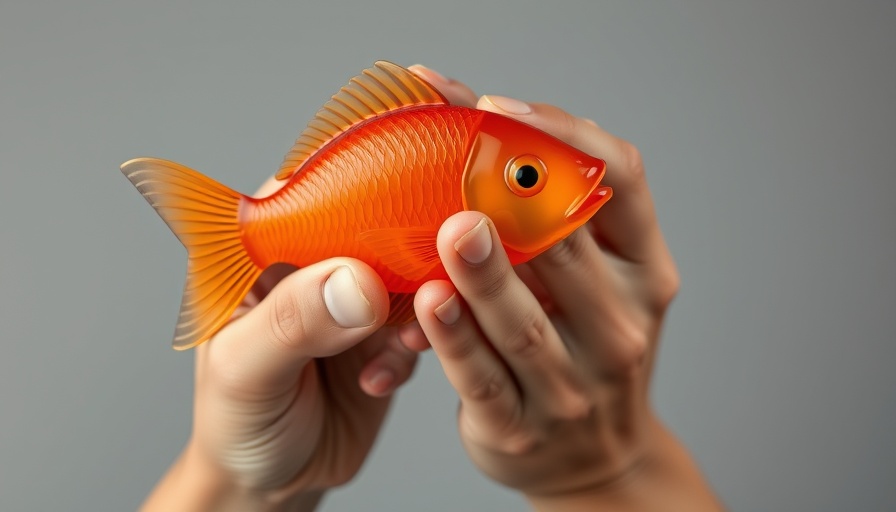
Revolutionizing Animation: The Magic of Soft Physics
Imagine a world where desk lamps can perform backflips and gummy caterpillars wriggle authentically across a surface. This may sound like a scene from a futuristic movie, yet a groundbreaking new method in simulation is making these possibilities a reality. The technique taps into soft-body physics to create stunning animations that mimic the complex movements found in living organisms, reshaping our expectations of how digital characters can behave.
In 'This Isn’t AI - It’s Even Wilder: Squishy Physics That Learn to Move!', the discussion dives into new advances in animation technology, which inspired us to further analyze its implications for various fields.
The Challenge of Simulating Soft Bodies
In traditional animation, characters rely on fixed joint structures like bones which determine their movement. However, simulating the fluid, flexible movements of creatures like jellyfish and worms is a monumental task due to their lack of a skeletal structure. Instead of rigid movements, these organisms exhibit transformations that require a massively intricate understanding of physical interactions, including squishing and stretching. As the video from Two Minute Papers with Dr. Károly Zsolnai-Fehér highlights, the existing methods struggled to accurately portray such transformations, causing an animation wall that innovators were desperately trying to break through.
Fusing Technologies for Improved Animation
The magic lies in a new approach that combines automatic differentiation with advanced analytical techniques to render these soft-body movements more authentically. By effectively sensing not just the slope of an object's movement but also how it curves, developers can leap to optimal positions rather than merely taking cautious steps. With this fusion of technologies, the geometric representation of soft bodies becomes far more accurate.
Real Life Applications and Future Predictions
This leap in soft-body physics is not just a whimsy of technology; it’s forecasted to revolutionize multiple fields, particularly gaming and animation. While achieving real-time rendering remains a challenge, with processing times ranging from 10 to 25 minutes for just one second of movement, the potential applications are enormous. Imagine immersive video games where characters interact in a way that feels painfully real, driving unprecedented levels of engagement and emotion from players.
Bringing it All Together: The Bigger Picture
The advances in simulations, such as those discussed in This Isn’t AI - It’s Even Wilder: Squishy Physics That Learn to Move!, hint at a future where creativity meets technology in ways we never thought possible. Business owners, tech innovators, and educators alike should take heed. Understanding these advancements with true depth will enable them to harness these technologies, using them to innovate within their domains—be it through enhanced user experiences in products or captivating teaching methods that enliven the curriculum.
Concluding Thoughts: A Call for Engagement
As we immerse ourselves deeper into the wonders of technology, it becomes crucial to share insights and engage with developments like squishy physics. The evolution of animation technology opens up fascinating discussions on creativity, innovation, and the ongoing intersection of art and science. By staying informed and sharing our thoughts, we contribute to a growing dialogue that can lead us to more inclusive and engaging technology in daily life. Let's not just watch this innovation unfold—let’s engage with it!
 Add Row
Add Row  Add
Add 




Write A Comment